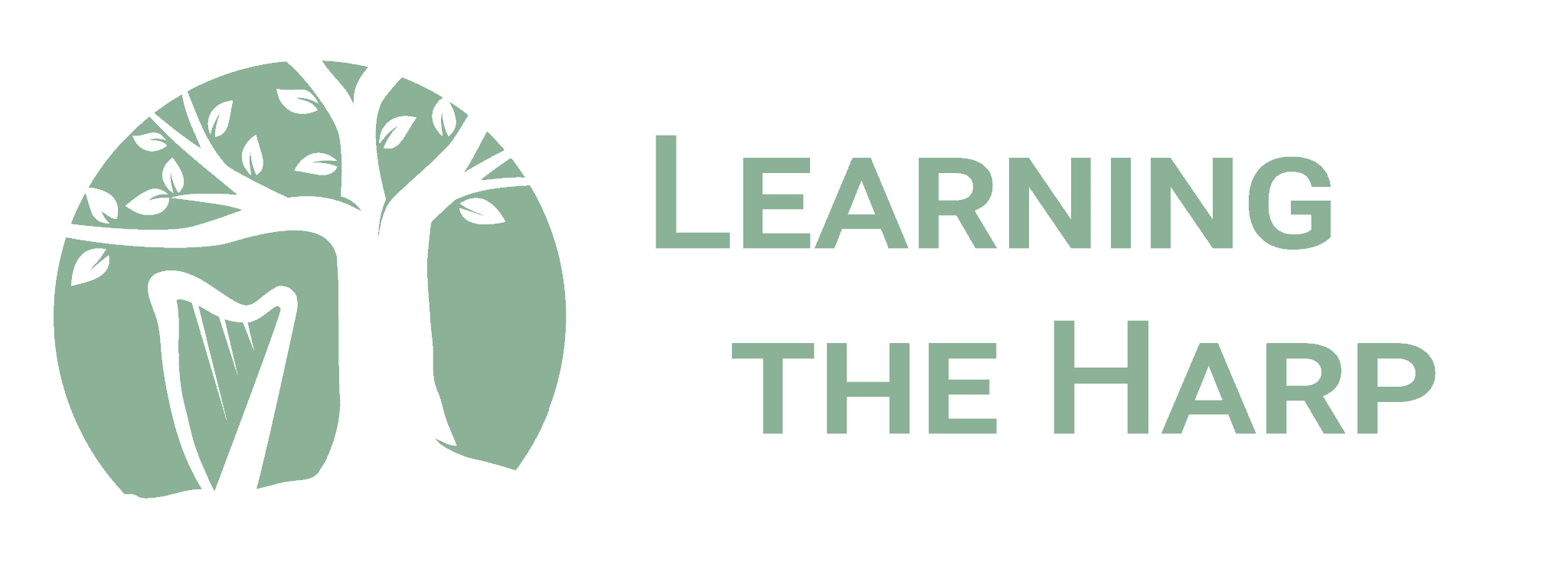Home (2022) version 2 › Forums › Getting Started with the Harp › Beginner with a 22 a-a harp
Tagged: a-a, beginner, c-c, sheet-music
-
Beginner with a 22 a-a harp
Posted by Annemarie Friedrich on 16 November, 2023 at 10:17 amHi everyone!
I’m Anne, and just got my first harp as a birthday present. It’s a nice lap harp with 22 strings from A to A. The sound is clear, and all 22 levers are working well. I love her!
But now I feel like I’m in a weird spot. Looking at the sheet music here most songs are for harps from C to C. Should I change all the music sheets to match my harp? Or is there a way to put on new strings and convert my harp to C-C?
What do you think?Annemarie Friedrich replied 5 months, 2 weeks ago 5 Members · 7 Replies -
7 Replies
-
Hello, I have a 22-string harp but it is from c-c. I think you should just adapt your sheet music to fit your harp rather than changing all your harp strings, which sounds like unnecesary hard work to me. But remember I am no harp expert so its only my opinion! (You probably shouldn’t listen to it!)I am a beginer like you. Maybe nearly intermediate. I’m twelve and started harp two years ago, and still progressing……I got my harp on my birthday, too.
-
What a wonderful gift! You can play your harp in any key. That’s what the levers are for! Your harp was made to be A-A. Changing the string weight could ruin it. Just out of curiosity, who made the harp? You need sheet music for small harps. Many of the beginner courses here are good for small harps, including Harp Beginnings. When you learn how to transpose, you can transpose music from the key of C to the key of A. I hope you enjoy beginning your harp journey!
-
For beginner pieces, “After the Rain” and “Mahogany Moon” should work with your harp. Christy-Lyn has tips for making a song work for small harps.
-
Hi Annemarie,
I have a fully levered 22-string harp from G to G. When I use it, I often have to change the accompaniment.
Changing strings needs some technical knowledge, but even if you change the strings correctly according to some helpful tool called Saitenrechner in German, it might not sound good at all or the string tension might get too strong (the latter I don’t know exactly – it might only be a problem if you choose the wrong string. But often harps are made for a special range and do not sound well in another range. It will cost a lot of time and money to find out if another range also will work on a particular instrument). I only tried to tune down one of my harps one full note, and it sounded awful then.
Christy-Lyn has a course about how to adapt pieces for small harps. With some routine you get a feeling how to change your accomaniment fitting to your harp without re-writing it. I’m doing that often, but I play the harp for 14 years now and I am training for several years learning by ear, so that I don’t need sheet music. Sometimes I also just write variations into existing sheet music, which looks a bit weird then, but helps me to remember.
Lydia -
Thanks for all your kind words!
Unfortunately my harp has no branding on it and was sold by a german store for music instruments. I’ll play on her until she breaks and then maybe go for a fullsicle 😘
But for now, I’ll follow your recommendations and transfer the given songs into my tune if necessary. And I’ll have a deep dive into that course ❤️ Thank you
-
I have a small 22×2 Double strung harp (fireside harp) nad you do not want to change the string tension- unless the maker allows for another string tension- which is really rare. It could damage your harp (or sound bad if you are using less tension and the strings would be noodles). There are a couple things you can do- most likely the issue is your accompaniment hand- so , you can use chord inversions to get around that ( instead of a C E G chord, you could try it an octave higher, or change it to EGC or GCE inversions). You could also transpose the music up to another key. I would plug it into musescore and let musescore change it for me. Or you could just drop notes from the accompaniement you don’t have the range for. Or rewrite the bottom to fit your harp. My DS 22×2 only has C&F levers so you have a lot more options than I do!
-
Thank you Kristen!
I was so dumb never thinking of just changing just my left-hand chords 🤦♀️ 😜
Such an easy solution and you solved all my troubles with the song I’m learning right now.
But will look into musescore as well!
Thank you!
-
Log in to reply.

